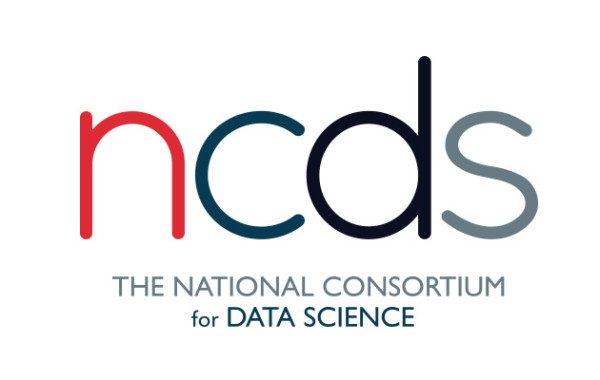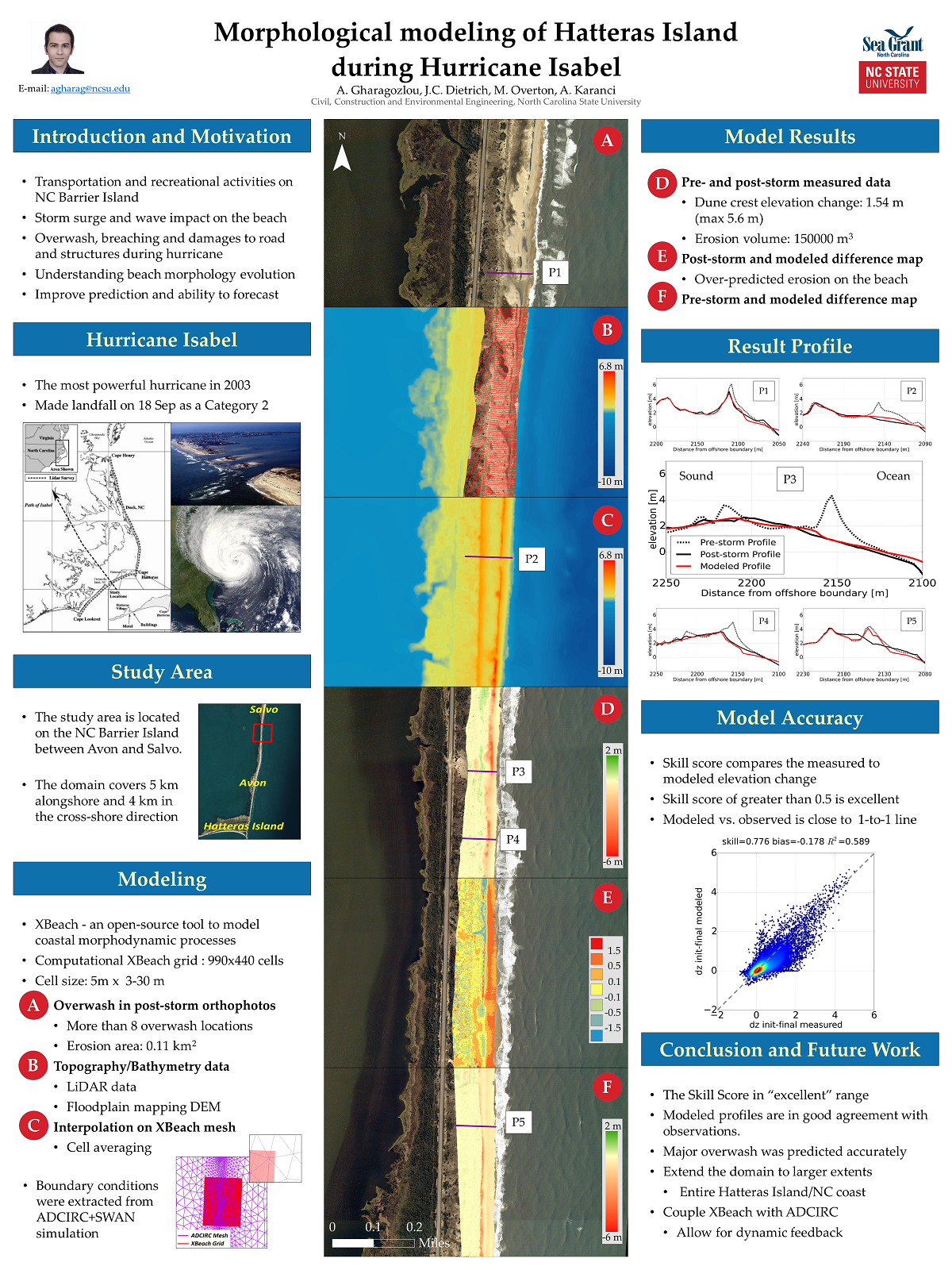Category Archives: Models
News: Prediction of and Resilience Against Extreme Events
In wake of hurricanes … NSF awards $18.7 million in natural hazards research grants
In the decade from 2003 to 2013, natural disasters around the globe caused $1.5 trillion in economic damages and took the lives of almost 1.2 million people. Over that same 10-year period, the U.S. lost nearly $650 billion due to such disasters.
How can scientists better predict or prevent such catastrophes? How can they help people recover more quickly?
To find answers to these questions, the National Science Foundation (NSF) has awarded 15 new grants totaling $18.7 million through its PREEVENTS (Prediction of and Resilience Against Extreme Events) program. PREEVENTS is part of NSF’s Risk and Resilience portfolio.
PREEVENTS’ goals are to improve predictability and risk assessments of natural hazards, increase resilience to these events, and reduce their effects on human lives, societies and economies. PREEVENTS also supports research that will improve the understanding of the processes underlying natural hazards and extreme events.
Webinar: NCDS DataBytes
Subgrid-Scale Corrections to Increase the Accuracy and Efficiency of Storm Surge Models
This project will develop, test, and implement ways to embed fine-scale information into coarse-scale storm surge models using high-resolution elevation maps to correct mass balances, bottom friction, and other quantities. The resulting models will keep most of the high-resolution accuracy while having speeds comparable to the simpler coarse models which will lead to more accurate pre-storm simulations, improving decision-making for policy-makers, emergency management personnel, and coastal residents. The work performed in this project will not only enable increased accuracy in ensemble surge forecasts, but will also decrease computational costs for a given accuracy in higher resolution studies.
It will enable entirely new types of studies including decadal-level simulations using reanalysis products or climate model outputs. This approach also opens the way for dynamical global surge/tide simulations, which do not presently exist. Results will add little to costs, while significantly increasing accuracy. The project team will ensure adoption of these results by implementing findings into two widely-used storm surge models, by working in concert with a governmental-academic-industry advisory committee, and by disseminating results through existing model code repositories. Three graduate students and three undergraduate students per year will be trained. An immersive fluid mechanics theater will be developed both for undergraduate teaching, and as part of outreach programs for local schools.
Parameterizations for unresolved processes in numerical models are standard in fields as far ranging as turbulence and porous media transport, but are sorely lacking in coastal flooding applications. As in those fields, rigorous development of up-scaled models holds the potential for a transformative leap in the way surge models are used to forecast coastal inundation. By building a framework on a sound physical foundation, and by incorporating and adapting ideas from other fields, the project team will develop novel sub-grid methods that will be physically consistent, robust, and thus flexible for widespread use. Using established theoretical methodologies coupled with existing high-resolution data and new numerical simulations, the project team will develop scale-dependent closure corrections to mass and momentum balance equations. Sub-grid closures will span a hierarchy of three approaches with increasing complexity, ranging from hand-calculable simple closures to high-order multiscale numerical corrections.
This will allow for a user-chosen compromise between speed, accuracy, and data availability. By rigorously addressing this closure hierarchy, this project will develop a much stronger physical understanding of how very specific flow and land features impact hydrodynamics at different scales. Specifically, this research will lead to new insights on how coastal flooding is controlled by unresolved flows through marshes, natural channels, and man-made canals, and how best to model these unresolved scales. This will assist not only in forecast operations, but also in understanding and designing protective infrastructure.
News: Enhancing Storm Surge Visualization
The aim of storm surge models: When a storm approaches, emergency managers want fast and accurate forecasts
Although our model provides water level predictions from the deep ocean all the way to the coastal floodplains, the system is limited by the model’s resolution. Topographic features at scales smaller than 500 feet, such as roadways or narrow stream channels, are often not included in the models because of the computer time needed to produce such high-resolution outputs. Because of this limitation, the extent of flooding can be underpredicted by the model.
2017/08/31 – National Consortium for Data Science
Data Fellows project aims to make storm surge predictions faster and more accurate
Continuing our North Carolina Sea Grant project and with new support from the National Consortium of Data Science, we are developing a method to improve prediction of the true flooding extent by combining the results of our model with more accurate elevation datasets.
To perform this prediction of the flooding extent, we use a Geographic Information System (GIS) called GRASS GIS that specializes in processing very large amounts of data. The project has two major objectives. The first is to process the modeled water levels and the elevation data set together, producing a map showing the extent of predicted flooding. When the modeled water levels are greater than the land elevation, flooding extends outward into neighboring, unflooded areas in the data set. By mapping the model results to the higher resolution data sets on elevation, we can create more accurate surge forecasts of overland flooding.
2017/08/08 – NC Sea Grant Coastwatch Currents
Fast, Accurate Forecasts of Coastal Flooding: Enhancing Visualization of Storm Surge Guidance to Support Emergency Managers
 Storm surge models must be both fast and accurate to give coastal communities the guidance they need to prepare for and respond to a storm. Perhaps just as important is the need for these forecasts to be visualized in a way that is meaningful and useable by emergency managers.
Storm surge models must be both fast and accurate to give coastal communities the guidance they need to prepare for and respond to a storm. Perhaps just as important is the need for these forecasts to be visualized in a way that is meaningful and useable by emergency managers.
ADCIRC forecasts are currently visualized using Kalpana, a Python script that converts the model output into formats compatible with commonly-used visualization applications such as ArcGIS and Google Earth. With support from the National Consortium of Data Science (NCDS) and in partnership with North Carolina Emergency Management (NCEM), our team has developed a new visualization method that makes use of enhanced topographic resolution along the flooding boundary. This results in modeled storm surge extending farther into estuaries and floodplains, increasing the accuracy of the forecast.
Poster: Spring 2017 Conferences
A Gharagozlou, JC Dietrich, M Overton, A Karanci. “Morphological Modeling of Hatteras Island During Hurricane Isabel.” North Carolina’s Coastal Conference, Raleigh, North Carolina, 4-5 April 2017.
A Gharagozlou, JC Dietrich, M Overton, A Karanci. “Morphological Modeling of Hatteras Island During Hurricane Isabel.” Environmental, Water Resources and Coastal Engineering Research Symposium, North Carolina State University, 3 March 2017.





